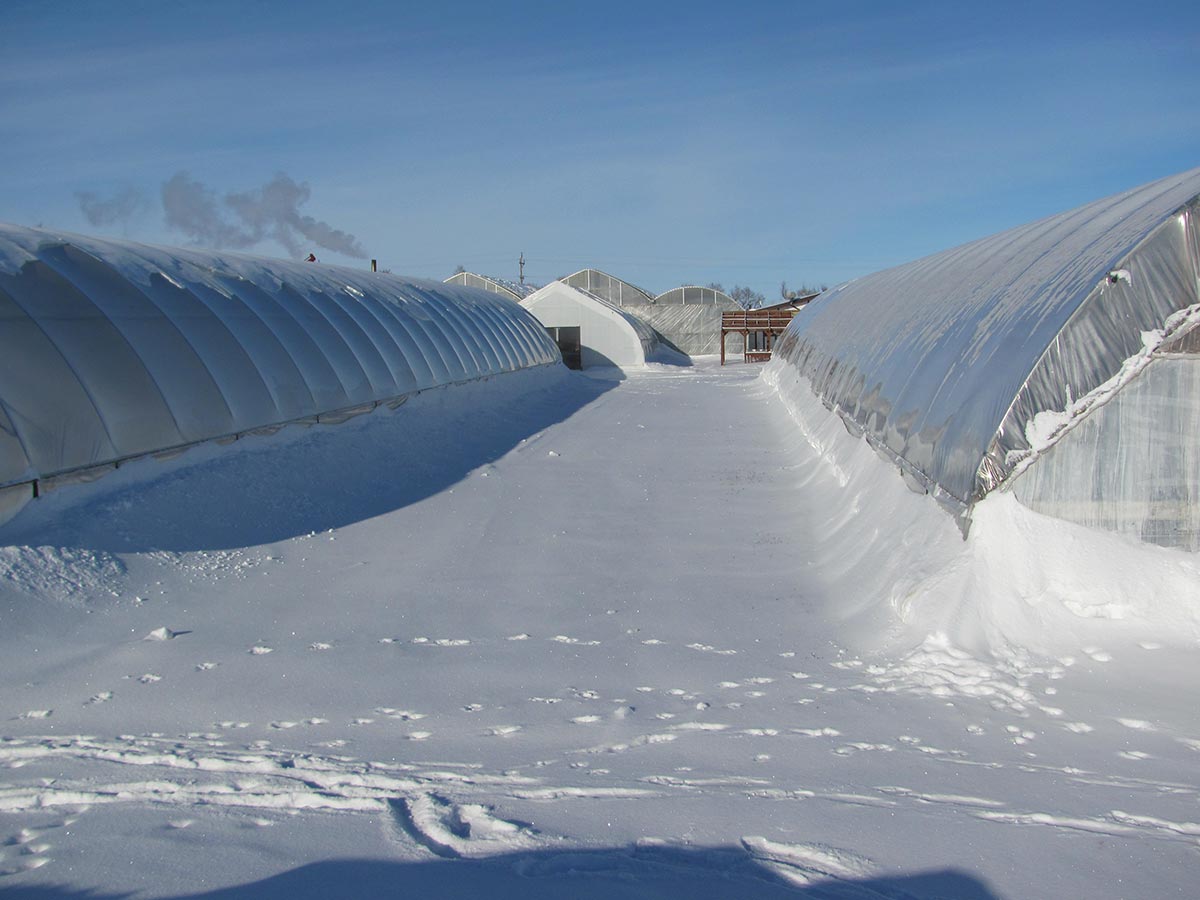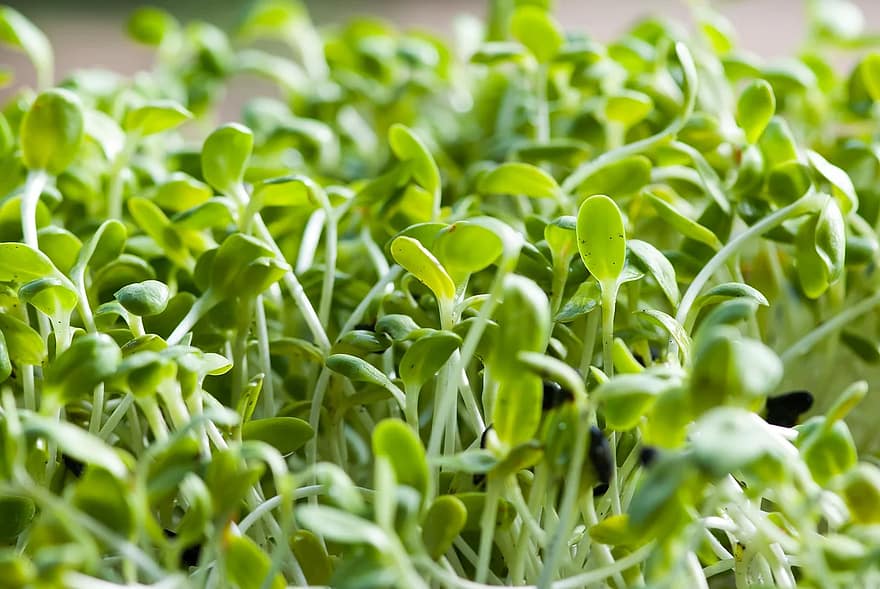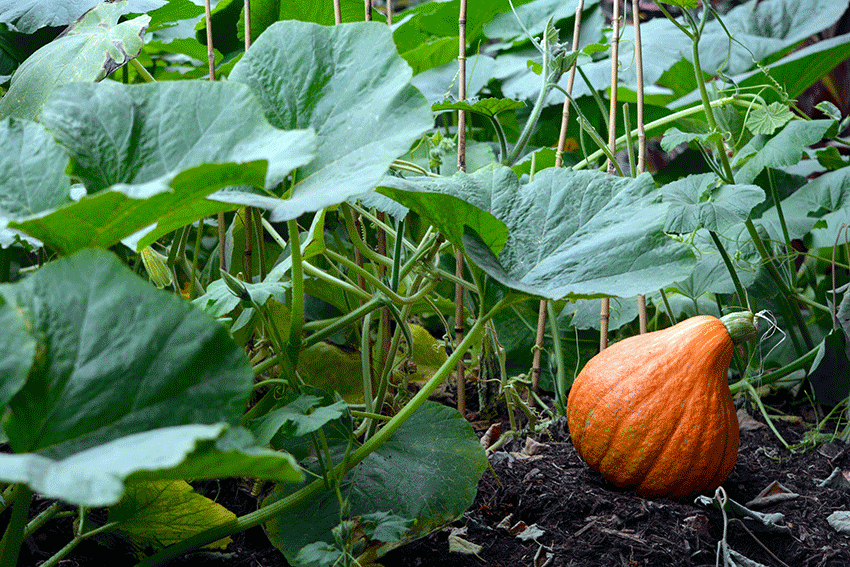
The importance of plasticulture in extreme climate countries such as Canada

Producers certainly use many tools to perform agricultural work. One of them, which has a long history behind it, is the use of different types of plastics to improve the quality of their crops and obtain optimum harvests. The list of countries benefiting from this technique is extensive. However, we will tell you about the importance of plasticulture in Canada.
Due to its climate, very characteristic of North America, Canada tends to have some difficulties when it comes to planting vegetables that are typical of more tropical countries, since the process of growth of the plants becomes slower due to cooler temperatures that affect the growing medium of the crop i.e. air and soil. This is one of the reasons why many farmers focus their attention on the cultivation of varieties that involve a shorter ripening time, without neglecting aspects such as quality and benefits.
Sometimes, the use of plastics can generate doubts because of the high initial cost involved in the acquisition of the necessary materials and their installation. However, one of the reasons that demonstrates the importance of plasticulture in Canada is that its producers have understood that, although they cannot change the climate of the country, they can make adjustments in the environment of the crops in order to create specific microclimates that can be adapted to the needs of each species, allowing them to extend to a certain point the season of growth of the plants, thus obtain an optimal harvest with better attributes.
In short, the importance of plasticulture in Canada has enabled to raise the level of plantations by improving the productivity, reliability and efficiency of the crop, and overcoming the obstacle represented by the climate for certain types of crops. Farmers have the possibility to find different options and can decide what type of plastics to use in the search for these results.
The most common uses of agricultural plastics to overcome climatic obstacles:
Mulching Plastics. Before installing them, it is essential that the surface is clear and free of debris in order to anchor them safely, so they can be properly extended, preventing the wind from detaching them and guaranteeing a good heat transfer. They are usually used along with the drip irrigation technique. Choosing these plastics helps increase soil temperature and to preserve more efficiently the humidity and weed levels.
It is worth mentioning, that mulching plastics come in different colours, since certain advantages and disadvantages are associated with each colour. In experiments performed at the University of Saskatchewan, it was found that using mulching plastics increased the yield of melon cultivation, for example, compared to crops without these plastics. To find out more details about these experiments, you can read the study carried out by the University of Saskatchewan University of Saskatchewan.
- Small tunnels. These type of plastics help create a mini-greenhouse effect, since they are placed low over the cultivars in full development and don’t have such a high volume of air to heat as in greenhouses or walk-in tunnels. Usually, its colour is clear to allow the passage of sunlight. They are frequently combined with mulching plastics and drip irrigation.
When these small-tunnels are used the temperature increases, thus improving crop growth, reducing manual labour levels and protecting the crops from insects, pests and atmospheric agents that are detrimental to the development of the crop. They are usually replaced annually.
Crops typical of warm seasons, or creeping crops like the melon, are ideal for the use of small-tunnels.
- High-tunnels. Consist of a single sheet of plastic placed on metal or plastic arches. By being able to increase the temperature of the soil and the air during cold seasons, the crops in high-tunnels mature much faster (and above all, they can survive when the temperatures are very low). For that reason, crops that require a longer harvest season such as peppers, watermelons or melons, can reach maturity within these tunnels, and frequently, the cultivation outside of them would not be possible. They usually stay in the same place for 5-6 years.
In another article, we will further develop on the importance of plasticulture for cultivation in countries of extreme climates such as Canada, providing details based on the type of crop and the specific plastics used.





![[eBook] Sustainability and water management](https://agriplasticscommunity.com/wp-content/uploads/8_550x310_ENG-440x264.png)
![[eBook Trends in Agriculture Plastics] Increasing use of biodegradable mulch](https://agriplasticscommunity.com/wp-content/uploads/550 × 310_2_ENG-440x264.png)
![[eBook Trends in Agriculture Plastics] Reducing the plastic used in the manufacture of agricultural films](https://agriplasticscommunity.com/wp-content/uploads/550 × 310_1_ENG-150x150.png)





















